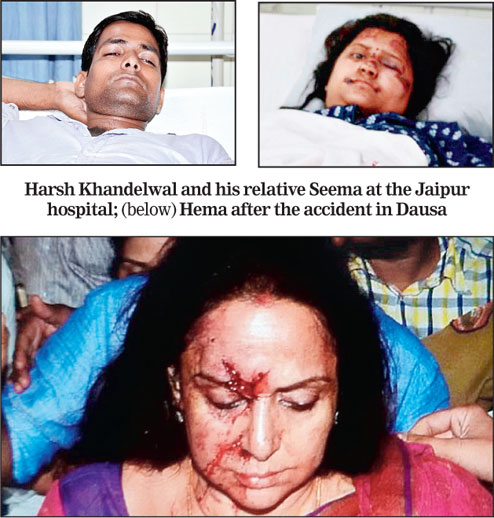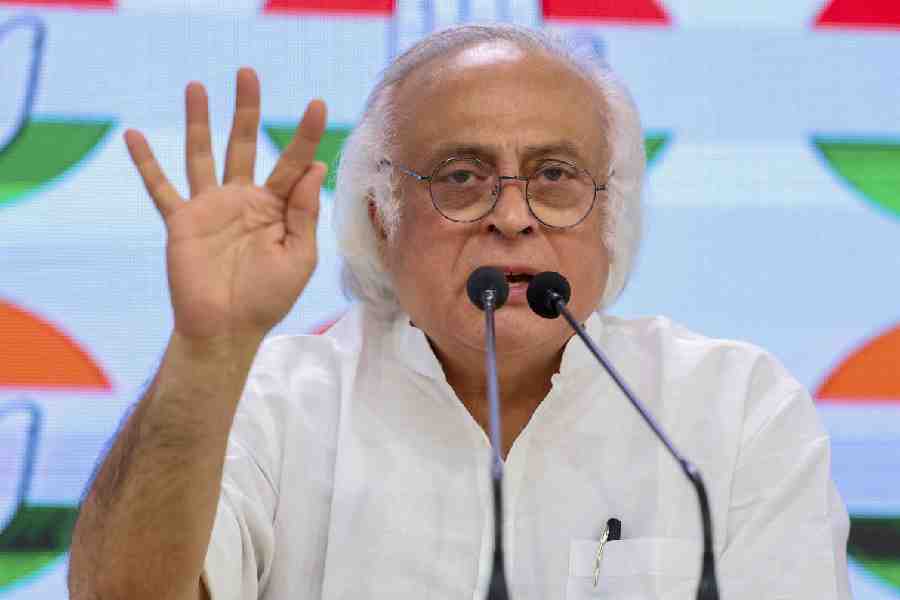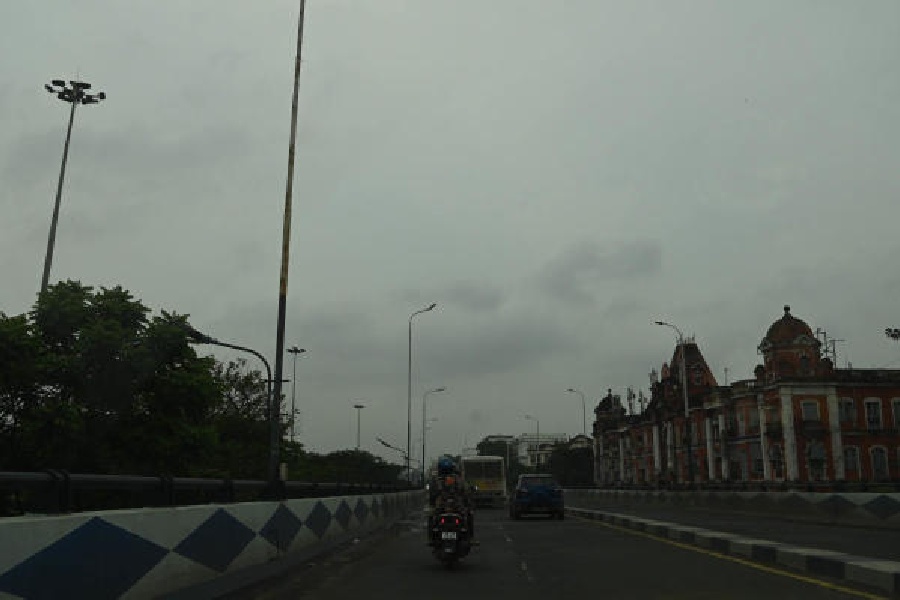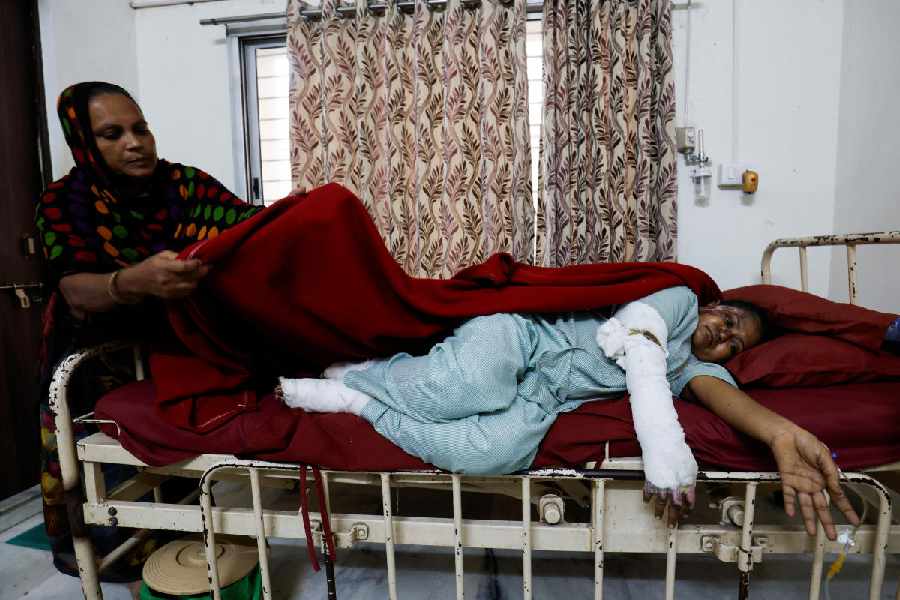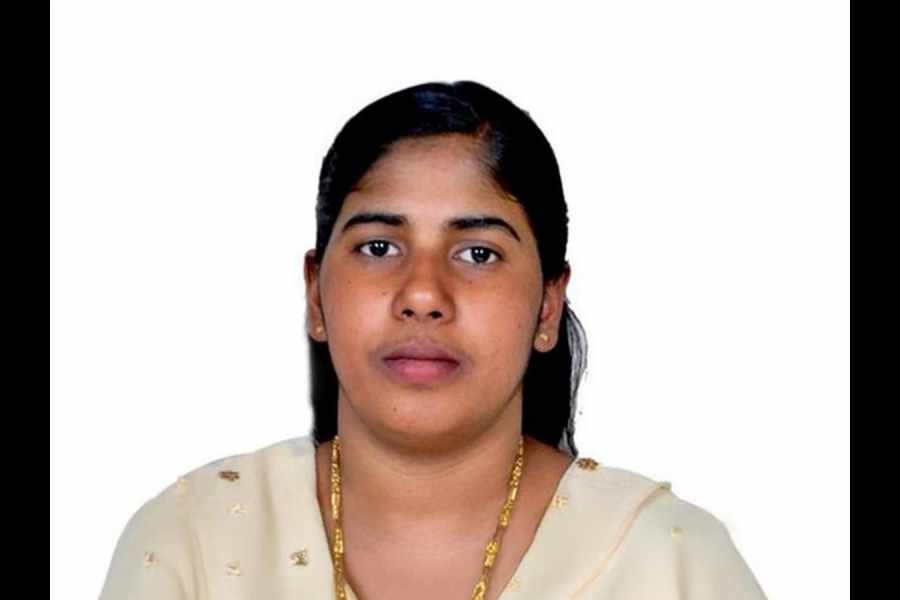
Calcutta, Sept. 18: Mamata Banerjee today supported the theory that Netaji Subhas Chandra Bose did not die in a plane crash in 1945 and said she had got the impression from the declassified files that the leader was alive after that year.
" Shobta pore otha sambhab hoini. Not humanly possible. Tao ja ja dekhechhi, prathamik bhabe mone hoyechhe 1945-er poreo uni jibito chhilen. Ei prashna tar-i to jabab chai (I could not read all the files.... From whatever I have seen, it seems that he was alive after 1945. This is the question we want answered)," the chief minister told a news conference at the Calcutta Police Museum after the declassification of 64 files related to Netaji.
The Indian government believes that Netaji died in an air crash at Taihoku airport in Taiwan on August 18, 1945. The Shahnawaz Committee of 1956 and the Khosla Commission of 1970, whose reports the Centre had accepted, had spoken in favour of this theory.
A section of the Bose family, the Forward Bloc and many Netaji enthusiasts do not accept that Netaji died in the Taihoku crash.
The Justice Manoj Kumar Mukherjee Commission, set up in 1999 by the Atal Bihari Vajpayee government following a Calcutta High Court order, had debunked the plane crash theory.
Attempts to reach the chief minister for a clarification on which documents had led her to believe that Netaji had survived the crash drew a blank.
Sources in the state government referred to correspondences in the declassified files among members of the Bose family and others on the possibility of Netaji being alive after the crash.
In a letter written by Amiya Nath Bose, a nephew of Netaji, to Amiya's brother Sisir, on November 18, 1949, a reference was made to a radio broadcast.
"Netaji Subhas Chandra transmitter- e katha bolte cheyechhen (Netaji Subhas Chandra Bose wants to speak on the transmitter)," the letter, which intelligence agencies in independent India had intercepted at the Elgin Road post office, says.
The letter, in file No. 61, says that the content of the message from Netaji or the source of the broadcast is not known.
The files refer to another letter that Sisir had written to his father Sarat Chandra Bose about a similar announcement made on Peking Radio, which gave details of the time and wavelength of the broadcast. Sisir had written that he could not hear the specifics.
The files reveal that Sarat, the elder brother of Netaji, did not believe that the freedom fighter died in the plane crash.
Sarat, who was under the surveillance of intelligence agencies, had written to Swiss journalist Lilly Abegg enquiring if she had heard in 1946 from Japanese sources about Netaji being alive.
Replying to the letter, Abegg had said, according to a file: "I heard in 1946 from Japanese sources that your brother is still living."
Most of these correspondences, however, were based on media reports, hearsay and rumours.
There are some letters in the files that contradict reports that Netaji had survived the crash.
In file No. 64, a Calcutta police weekly survey from May 4, 1946, mentions a letter by Emilie Schenkl of Vienna to Sarat in which she refers to herself as the "widow of Subhas Chandra Bose".
"The fact that Netaji's wife called herself a widow was proof that she thought that he was dead while writing the letter in 1946," a Netaji researcher said.
Former Trinamul MP and the widow of Sisir Bose, Krishna, did not want to get into the debate on the alternative hypotheses.
"So far, there was gossip; now the truth will come out. I am happy that the files have been made public. As a researcher, I have an open mind. If it is proved with evidence that Netaji did not die in a plane crash, I will accept it," she said.

